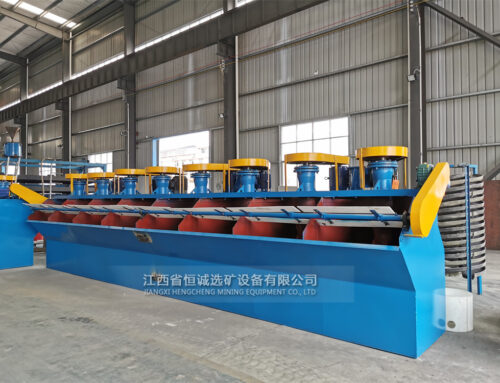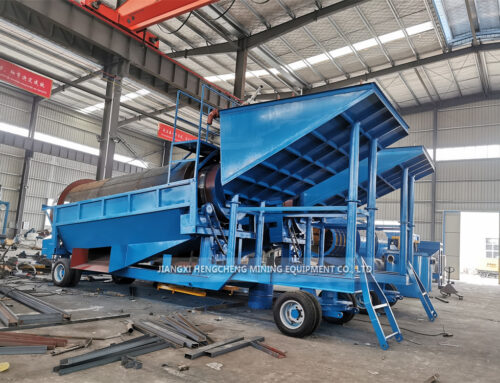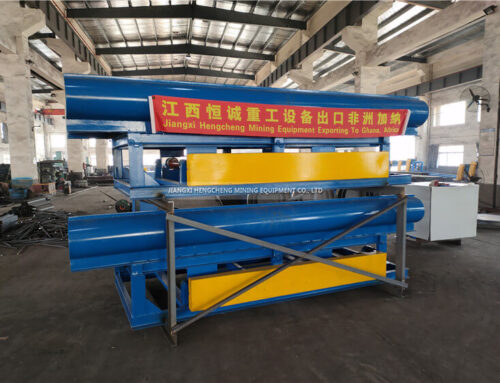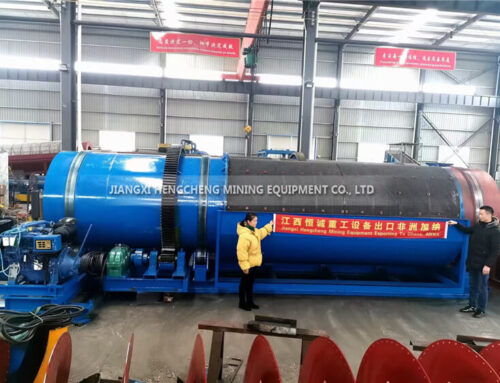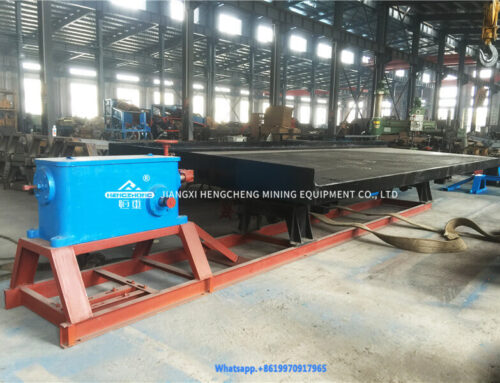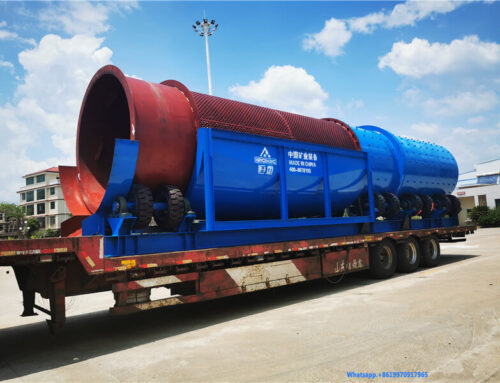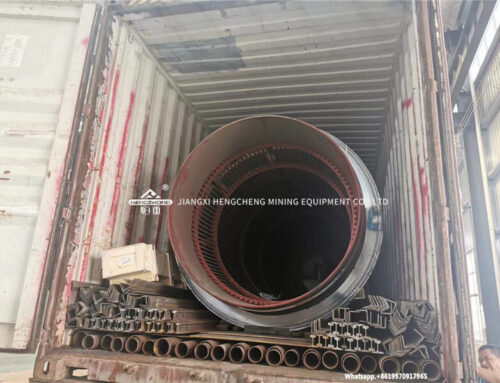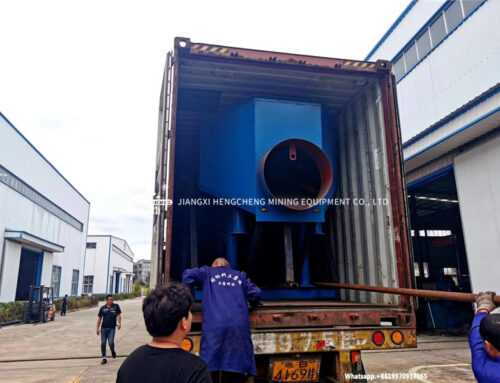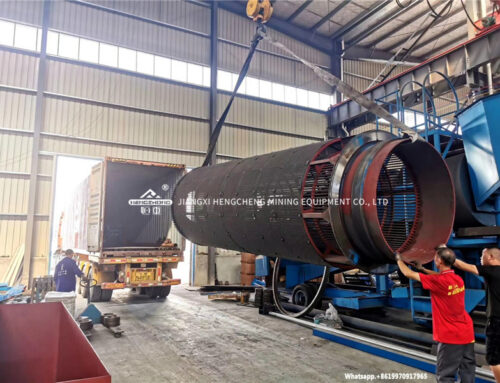Various gravity separation process methods are the purpose of realizing the process of “loose-layer-separation”, and their work is governed by such basic principles, mainly in the following aspects:
- The sedimentation theory of particles and particle groups;
- The theory of particle group stratification by density;
- The theory of stratification of particle groups in gyratory flow;
- The sorting theory of particle groups in inclined flow.

The sedimentation theory of particles and particle groups mainly studies the law of particle sedimentation. The theory of particle swarm stratification according to density was first studied manually from the jigging process, and many jigging stratification theories were put forward, and later some theories dedicated to stratification in vertical flow appeared.
Regarding the sorting in the gyratory flow, although the movement of the medium is different, the basic law of action is still the same except for the difference between the gravity and the centrifugal force. Inclined flow beneficiation was first used to process coarse-grained ores in thick water layers. The sorting is based on the velocity difference of the particles moving along the trough.

After the 1940s, inclined flow beneficiation developed towards the direction of flow film beneficiation, which was mainly used to separate fine-grained and fine-grained ores. There are laminar flow and turbulent flow. The view that turbulent pulsation is the fundamental force in a loose bed is always difficult to explain under laminar flow conditions. The theory of interlaminar shear repulsion proposed by R.A. Bagnold in 1954 supplemented this theoretical gap. But like the layering theory, it is still difficult to rely on the existing theory for reliable calculation of slant flow beneficiation. Although the re-selection theory has not yet reached the perfect level, like many technological disciplines, it can still provide basic guidance for production and can be used as the basis for mathematical statistics and similarity and simulation research.

